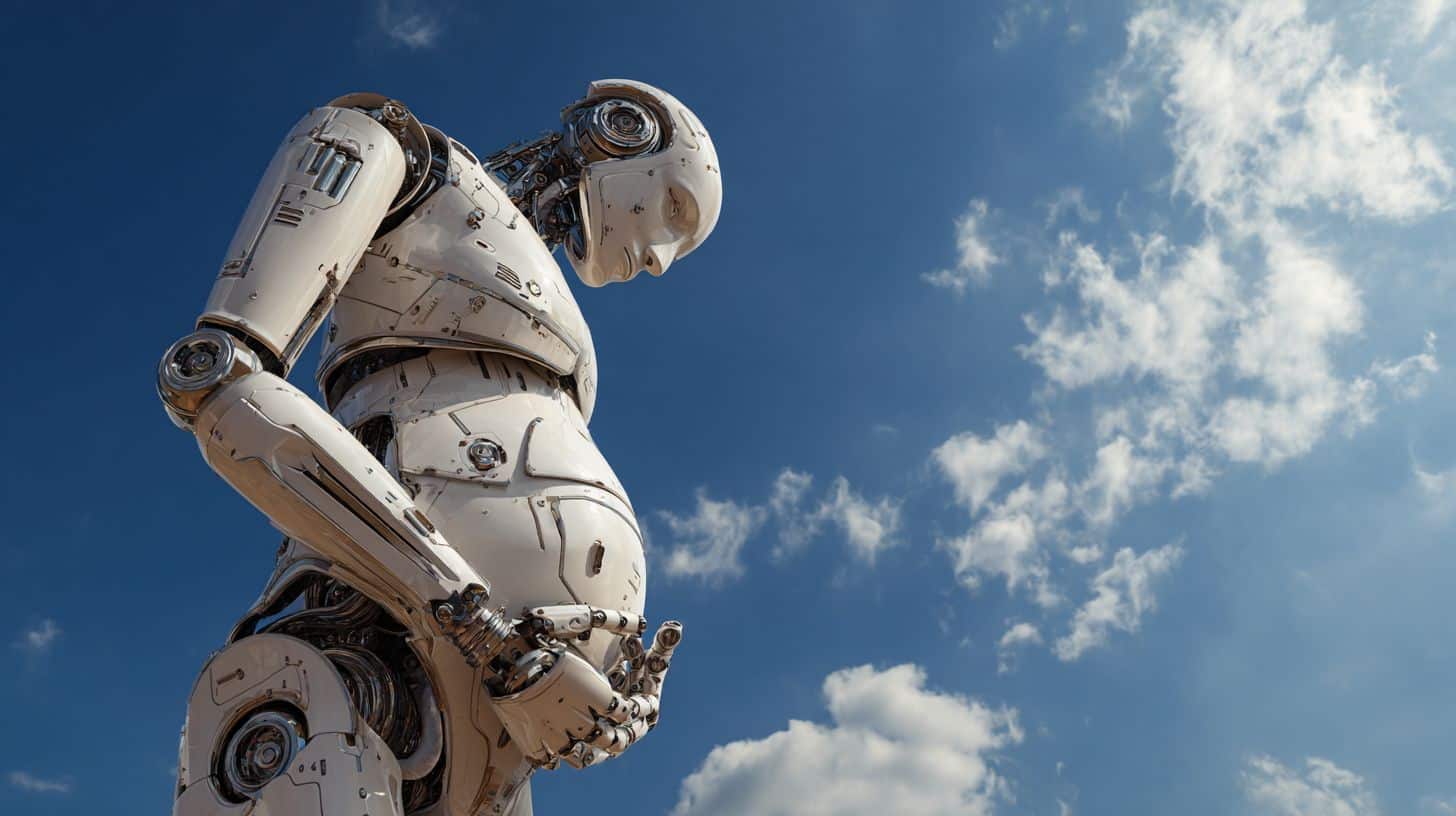
In a groundbreaking development that blurs the lines between science fiction and reality, Chinese researchers are preparing to unveil the world’s first humanoid robot capable of carrying and giving birth to a live baby. Spearheaded by Kaiwa Technology in Guangzhou, the project is led by Dr Zhang Qifeng, who claims the technology has reached a “mature stage”.
The robot is designed to replicate the full human gestation process, from conception through to delivery. A synthetic uterus will be implanted into the robot’s abdomen, where a baby will develop over the typical nine-month period. Essential nutrients will be delivered through a system of tubes, and the foetus will be immersed in artificial amniotic fluid to simulate a human womb environment.
This concept builds upon earlier “biobag” experiments, which successfully sustained premature lambs outside the maternal body. The team hopes to take this further by developing a fully autonomous robotic pregnancy.
A prototype is expected to be released in 2026, with an estimated cost of 100,000 yuan (approximately £11,000). However, several technical challenges remain unresolved, including the precise method of fertilisation and embryo implantation. Additionally, the robot’s interaction with a human to initiate pregnancy is still under investigation.
The project has sparked intense ethical and scientific debate. Critics argue that replicating the complex hormonal environment of human pregnancy may be impossible. Experts from the Children’s Hospital of Philadelphia have warned that such technology could inadvertently pathologise pregnancy, treating it as a condition to be corrected rather than a natural process.
Dr Zhang has begun discussions with officials in Guangdong province to establish legal frameworks and policies for regulating this emerging form of reproductive technology. As society grapples with the implications, the development marks a significant milestone—less than 50 years after the birth of the first IVF baby.
Despite the controversy, the project continues to progress, potentially ushering in a new era where gestation outside the human body becomes not only possible, but practical.

